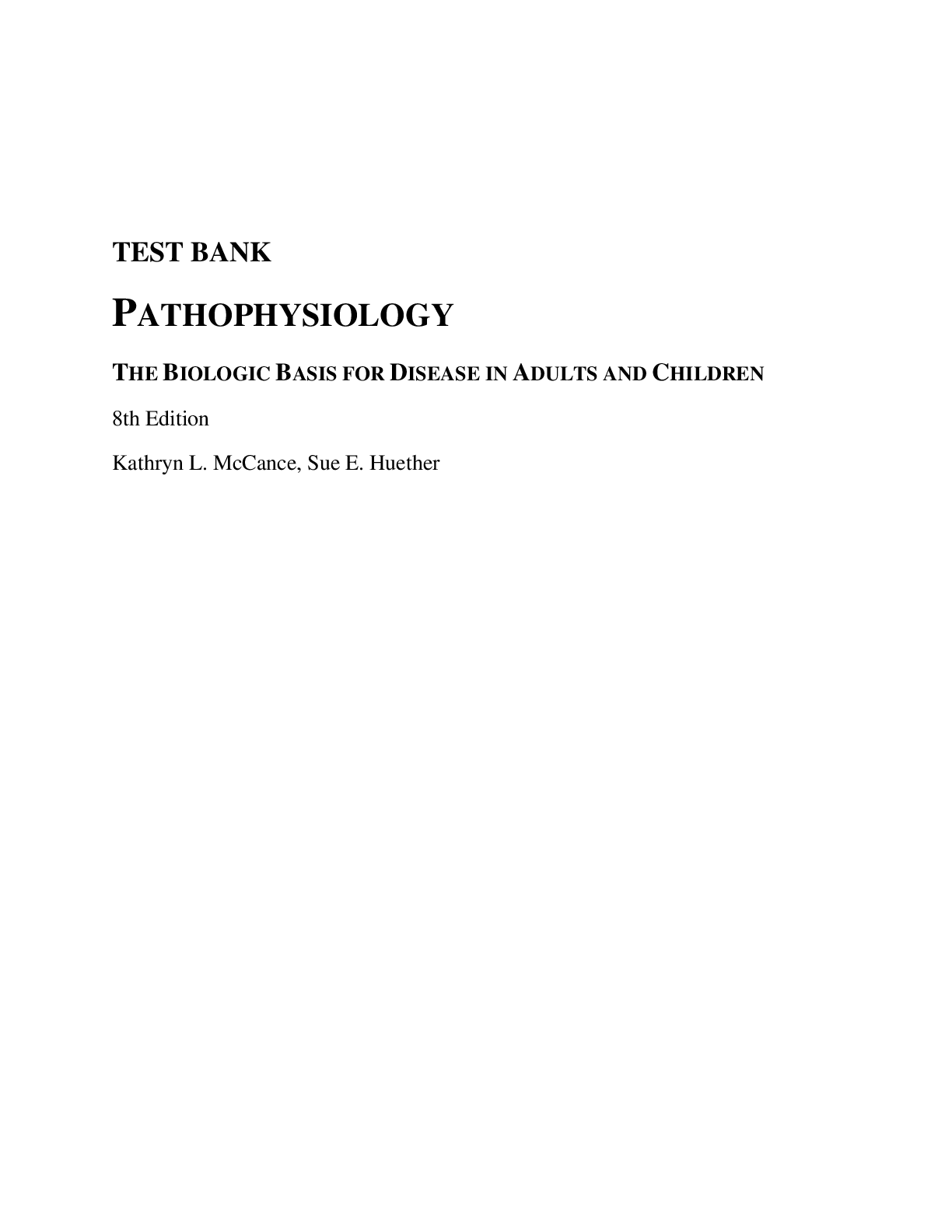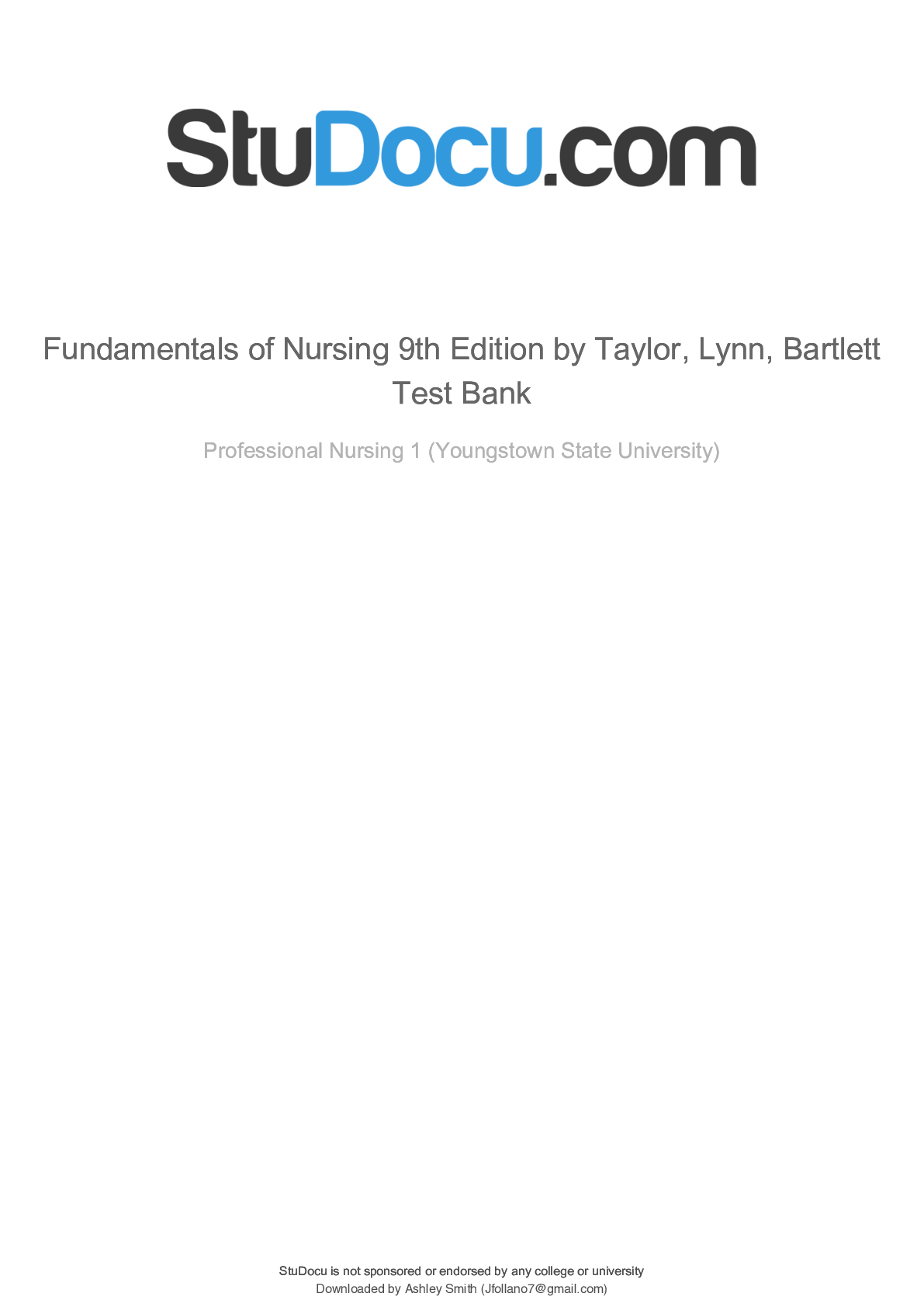Southern Methodist University - BIOL 3350ECB4_QuestionBank_Ch16
Document Content and Description Below
ESSENTIAL CELL BIOLOGY, FOURTH EDITION CHAPTER 16: CELL SIGNALING © 2014 GARLAND SCIENCE PUBLISHING General Principles of Cell Signaling 16-1 Cell lines A and B both survive in tissue culture con... taining serum but do not proliferate. Factor F is known to stimulate proliferation in cell line A. Cell line A produces a receptor protein (R) that cell line B does not produce. To test the role of receptor R, you introduce this receptor protein into cell line B, using recombinant DNA techniques. You then test all of your various cell lines in the presence of serum for their response to factor F, with the results summarized in Table Q16-1. Table Q16-1 Which of the following cannot be concluded from your results above? (a) Binding of factor F to its receptor is required for proliferation of cell line A. (b) Receptor R binds to factor F to induce cell proliferation in cell line A. (c) Cell line A expresses a receptor for factor F. (d) Factor F is not required for proliferation in cell line B. 16-2 For each of the following sentences, fill in the blanks with the best word or phrase selected from the list below. Not all words or phrases will be used; each word or phrase should be used only once. Cells can signal to each other in various ways. A signal that must be relayed to the entire body is most efficiently sent by __________________ cells, which produce hormones that are carried throughout the body through the bloodstream. On the other hand, __________________ methods of cell signaling do not require the release of a secreted molecule and are used for very localized signaling events. During __________________ signaling, the signal remains in the neighborhood of the secreting cell and thus acts as a local mediator on nearby cells. Finally, __________________ signaling involves the conversion of electrical impulses into a chemical signal. Cells receive signals through a __________________, which can be an integral membrane protein or can reside inside the cell. amplification G protein phosphorylation contact-dependent K+ channel receptor endocrine neuronal target [Show More]
Last updated: 2 years ago
Preview 1 out of 35 pages
.png)
Buy this document to get the full access instantly
Instant Download Access after purchase
Buy NowInstant download
We Accept:

Reviews( 0 )
$7.00
Can't find what you want? Try our AI powered Search
Document information
Connected school, study & course
About the document
Uploaded On
Mar 14, 2021
Number of pages
35
Written in
Additional information
This document has been written for:
Uploaded
Mar 14, 2021
Downloads
0
Views
81













.png)
.png)
.png)
.png)

